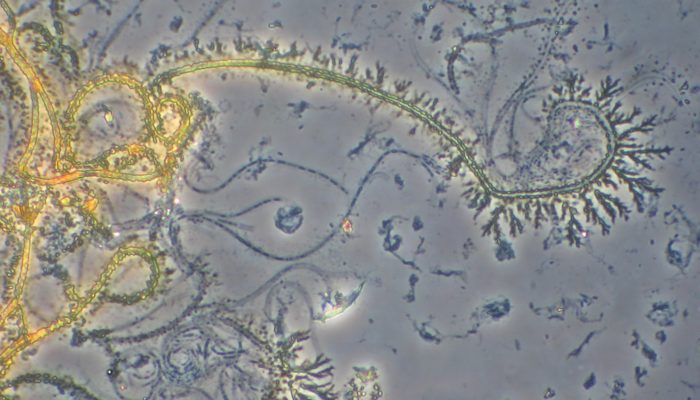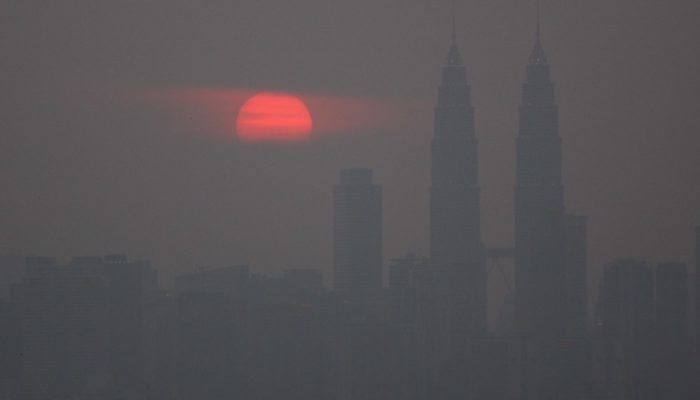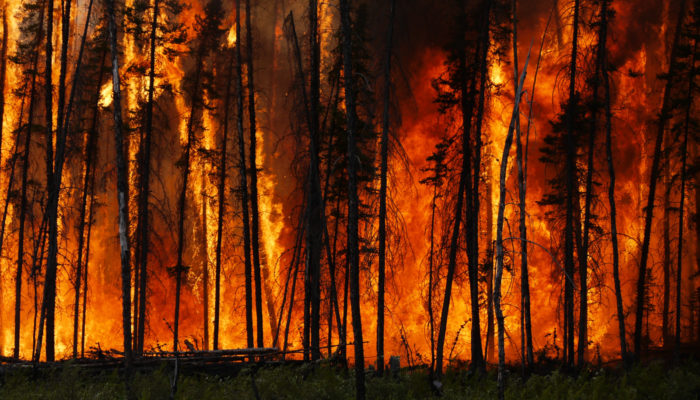Yin and Harrison (2000) puts together an exhaustive review of three decades of geological and geophysical investigations on the Himalayan-Tibetan orogen. This research supports the orogenesis started during the Cenozoic between 70 and 50 Ma ago as a consequence of the Indo-Asian collision following the closure of the Tethys ocean between Laurasia and Gondwana. Yin and Harrison (2000) underlines th ...[Read More]
If you didn't find what you was looking for try searching again.
Cryospheric Sciences
Cryo History – Extent of South Georgia Glaciation during the Last Glacial Maximum
There has been considerable disagreement amongst researchers concerning the extent of South Georgia’s ice sheet during the Last Glacial Maximum (LGM). The sub-Antarctic islands (those below the polar front) may have been completely glaciated during previous glacials, and the last largest extent of the South Georgia ice sheet was during the LGM, about 21,000 years ago. But glaciologists don’t agree ...[Read More]
GeoLog
Science is not immune to fraud: How a Microbiologist-turned-Integrity Consultant spots scientific misconduct
Elisabeth Bik is as brave as they come. She has been threatened personally and professionally by people she’s never met, only because she dares to critique some of the most widely read and published scientific papers in the world. The Dutch microbiologist discovered her unique skill of spotting – manually, with her naked eye – plagiarized text and fabricated images that otherwise go unnoticed in p ...[Read More]
Geodynamics
Geodynamics: It’s in the air we breathe!
Have you ever wondered how Earth became habitable. In this week’s news and views, we have Fabio Capitanio, Associate Professor at Monash University sharing insights into the role Geodynamics in the evolution of Earth and life on it. Our planet has unique features which make it suitable for life. Understanding how the Earth became habitable is necessary to answer the most fundamental question ...[Read More]
GeoLog
Spring, Summer, Winter…Haze?
Around the world, societies have many different ways to define the seasons, but for most people a season is identified by a set of culturally specified events, such as the arrival of migratory birds, certain anticipated weather patterns, or a range of expected temperatures. Over recent years many studies have examined the various ways that anthropogenic climate change has affected the way that our ...[Read More]
Cryospheric Sciences
A new glacier chronology from New Zealand
In this week’s blog, Levan Tielidze tells us about the new glacier history from the Southern Alps of New Zealand, an important piece of information to better understand the climatic history of Earth during the Quaternary, the current geologic period. Quaternary glaciations Geochronological dating of glacial moraines is useful for determining the extent and timing of past glaciation and for reconst ...[Read More]
Seismology
“State of the ECS”: How was EGU 22 for you? Plus the new team!
Hello everyone! Hope you’re doing well, and that those of you who managed to make it to Vienna have now recovered, and that normal researcher life has now resumed (and isn’t too dull in comparison!) We hope you enjoyed all that the EGU GA had on offer, and that you were able to make it to some of the Seismology ECS events. I was very sad that I couldn’t be in two places at once s ...[Read More]
Geochemistry, Mineralogy, Petrology & Volcanology
5 things I learnt from 2 months at sea with the International Ocean Discovery Program
This year I was lucky enough to be part of International Ocean Discovery Program (IODP) Expedition 390 – South Atlantic Transect I – aboard the research vessel JOIDES Resolution which spent two months, from April to June, out in the South Atlantic, drilling into and sampling the upper oceanic crust and sediments. I sailed as a petrologist and was responsible for describing how the basa ...[Read More]
Natural Hazards
Fire impacts on Earth across space and time: a discussion-driven conference
Earth is the only known planet with fire activity – everywhere else, there is not enough oxygen for this process to occur. Since fire appeared on Earth many millions of years ago, it has played a key role in the development of plant adaptation and the distribution of ecosystems. However, the natural occurrence of fire changed with the onset of human evolution. The purposeful use of fire for ...[Read More]
Geodynamics
The Sassy Scientist – Challenging Yourself
Single author papers. You have seen those. Early in your career you look at them and think “Wow! This person must be really smart to publish all by themselves”. Later on, your reaction shifts to “Ahah! Look at this person, publishing the tenth paper by themselves! Nobody wants to be associated with this stuff!”. Whether in awe, in derision, or because she is actually writing one of those, Loredana ...[Read More]









